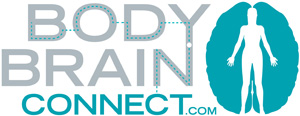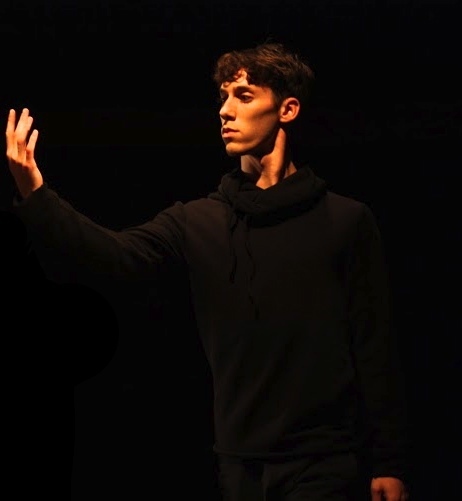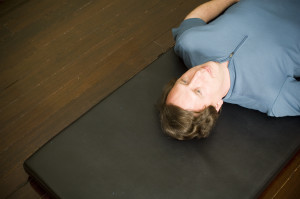Falling into Extremes
We live in a time of possibilities, especially for movement practices. Pilates, Gyrotonics, not to mention Yoga and its myriad offshoots. For students, choosing the right approach can be costly, time-consuming, and confusing. Though having options can seem overwhelming, it’s simply a matter of exploration. Often times, however, exploration can boil down to creating categories so we can make sense of what’s out there.
Mental versus physical, weekly versus drop-in, mat versus machine, group versus private, even teacher versus student are all examples of the ways we make distinctions to find clarity. However, when we adhere to these separations as law, we fall into extremes and stagnate our own possibilities. For example, when movement classes become too physical, students can lose sight of the theory, which prevents them from getting a better understanding of their bodies. When educators set themselves up as knowing all the answers, they can lose sight of their own learning experiences. Having a dynamic understanding of the spectrum allows us to avoid extremes and focus on finding a balance that is “right” in a personally meaningfully way.
Boosting Creativity with Modifications
Divergent thinking–the idea that there is more than one solution or more than one way to get to a solution–is an example of exploring the spectrum.
Research suggests that developing a daily practice involving divergent thinking, such as physical improvisation, can enhance positive mood and even promote creativity (Campion and Levita 2014). In my last blog post, I talked about embodiment and exploration. By taking the time to explore options, we can allow ourselves to get creative and generate our own solutions. For example, before coming to the studio, students can reflect on a previous session they struggled with and make some notes about what they would like to improve on.
When in the studio, students can sit down with teachers and talk about ways to make these improvements. Leaving options, such as general hamstring exercises, can help students and teachers collaborate instead of just the teacher feeding information to the student. Teachers can also take notes of patterns to discuss with students before or after a session. When at home, we can take time in the morning or evening to check in with our bodies. Maybe carrying a backpack or workbag all day makes our shoulders tight. Maybe sitting in front of a screen all day overstimulates our eyes. By listening to our own bodies, we can start to explore what we need to do to unwind and de-stress.
Asking Questions
No matter what walk of life we come from, we have a responsibility to take care of ourselves. This requires a certain type of specificity, which means knowing how to ask questions. As educators, what are the best questions to guide students to become aware of their patterns? I often hear students say “am I doing this right?” By answering yes or no, we limit exploration. When we respond with a question, such as “how does it feel”, we can allow students to refer back to their own experience and find an answer for themselves. As educators, we are often trained to be familiar with modifications to help students who are struggling with a particular exercise. We can be proactive with these modifications and allow students to explore even if they are not struggling.
As students, what are the best questions to ask to further understanding? We’ve all heard that there are no “stupid questions”, but there is a way to be clear about what we want to explore. Asking effective questions comes from a continued conversation between mind and body. For example, instead of asking “am I doing this right?” a student can ask “when I do this exercise, what am I working on?”, which encourages dialogue that can lead to better awareness. Sometimes making comments is even better than asking. For example, instead of asking “am I doing this right?”, a student can comment that “it feels strange when I do this exercise”, thereby inviting a joint teacher-student exploration of what is happening. As always, finding a balance is a dynamic, ever-changing pursuit that can really boost our engagement, whether we are professionals or just students of life!
References:
Maxine Campion & Liat Levita (2014) Enhancing positive affect and divergent thinking abilities: Play some music and dance, The Journal of Positive Psychology: Dedicated to furthering research and promoting good practice, 9:2, 137-145, DOI: 10.1080/17439760.2013.848376







